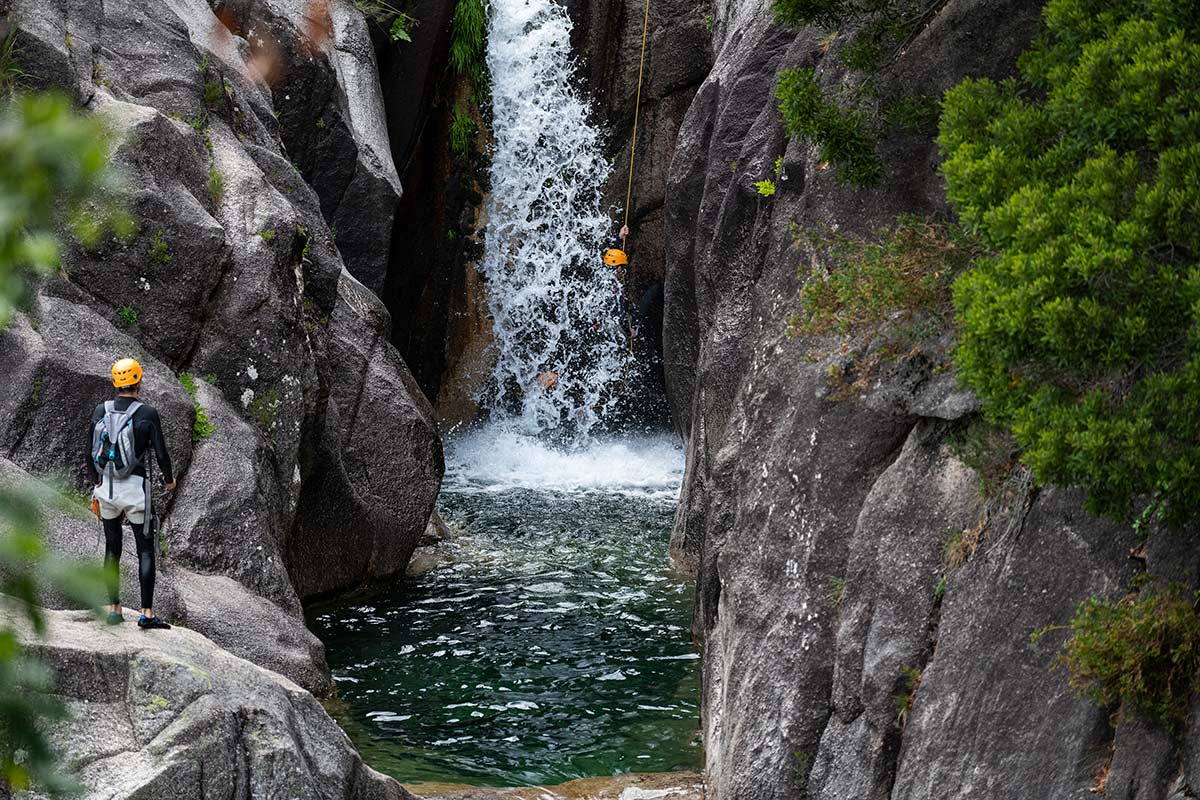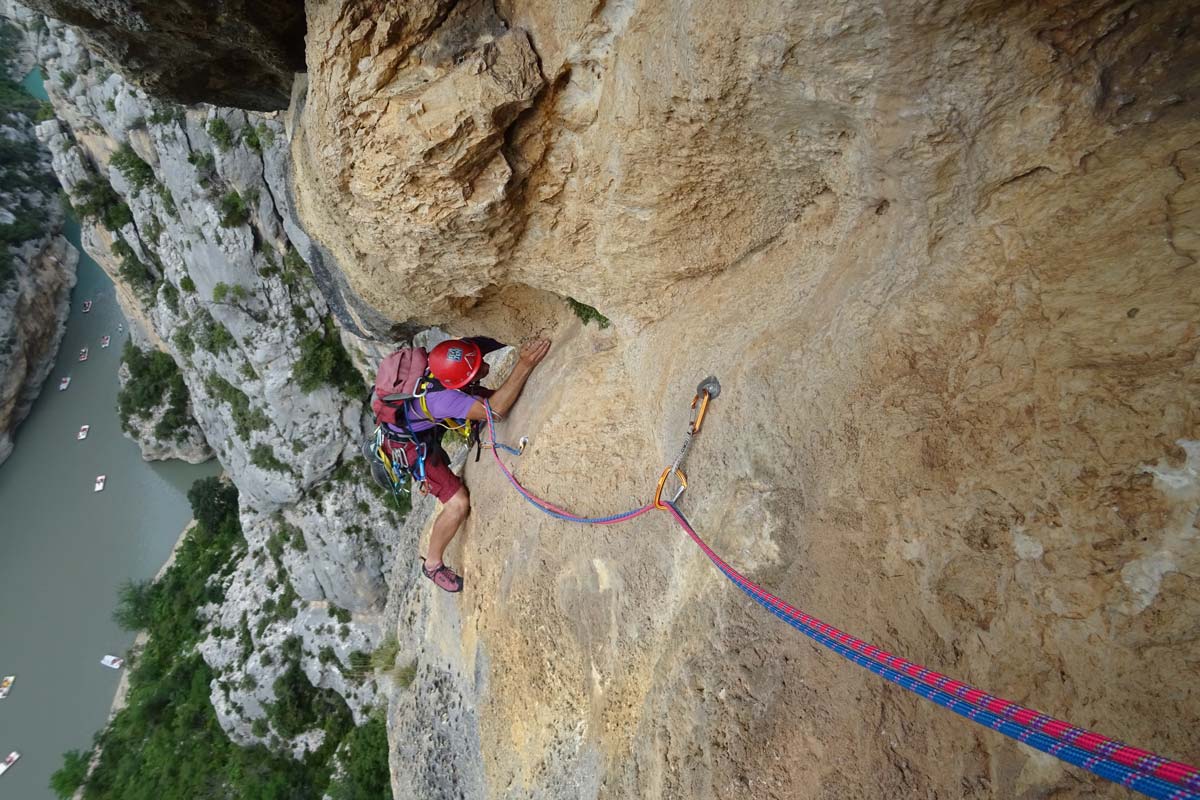The UIAA – International Climbing and Mountaineering Federation – regularly receives questions related to safety topics. The UIAA Safety Commission, with support of other UIAA Commissions and experts, has published a series of articles answering common questions with the objective of making them available to the wider climbing community.
The latest question is:
Being a reseller of EN 1891 ropes, predominately for canyoning in New Zealand, I have some major concerns of where rope manufacturing is heading. With an influx of totally static ropes, the rise of other resellers (non-certified) from both North America and Europe means we lost some control of standards. My strong concerns are for safety of the users of static rope (less than 1% in some cases) in sports where slipping or getting washed off a rock is a real ‘risk’ or potential hazard. Shock load on the human pelvis even with a FF1 or even a FF2 will no doubt cause or perhaps has already caused severe damage. Does the UIAA have a stance on this new push for non-certified canyoning rope that I see before me? Much of this rope has only the say of the manufacturer/reseller that it is of a usable and of consistent quality. I also hear talk of new certifications for such rope with the UIAA being part of the consultation.
UIAA Safety Commission:
We understand your concern. However, the focus of your question is predicated on the misuse by the end user of the ropes in question. Manufacturers have very clear recommendations about how to use a specific rope. For instance, a rope with <1% stretch is never advocated by the UIAA or the manufacturer to be used in a lead climbing situation, ever! Therefore, one should never experience a FF1 or FF2 since it should not be used in a lead climbing configuration. The UIAA does not oversee how a rope is used in the field. It is up to the end user(s) to be well educated on a rope’s intended application in order to mitigate risk.
If there is any question, the UIAA recommends seeking education from a certified guide or a credible institution or entity for further insight and instruction. The UIAA is very clear about the standards for the types of ropes that are currently certified by the UIAA Safety Commission.
A list of certified UIAA Safety Labels can be found on the UIAA website. The UIAA Safety Commission suggests using a rope produced from one of the manufacturers whose ropes bear the UIAA Safety Label.
Additional information: The UIAA Safety Commission is currently discussing a possible future standard for ropes with very low elongation. But until now, it has not identified enough reasonable usages that deserve publishing such standard, since the benefit-risk ratio is not favourable. Therefore the Commission is quite reluctant to do it and it would probably be only for very specific uses.
ASK UIAA SAFECOM
To submit a question to be addressed by the UIAA Safety Commission please click here.
Suncream and climbing gear
Rope testing
Half ropes
Bolts near edges
Figure-eight knots
Disinfecting climbing equipment
Static and semi-static ropes
Retiring carabiners
Types of knot



